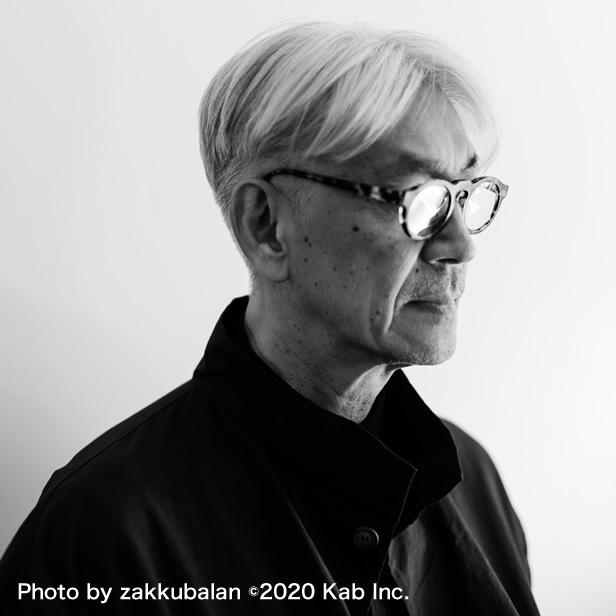artists
坂本龍一
what's new
- 2024/05/29
- Commemorating the release of "Ryuichi Sakamoto | Opus", a commmons old album campaign is being held!
- 2024/02/24
- Micro Ambient Music Festival field report
- 2024/01/19
- “Ryuichi Sakamoto “async” premium night – Happy Birthday, Professor! 2024 -” Venue Report
- 2023/12/15
- “Ryuichi Sakamoto Tribute Exhibition Music/Art/Media” will be held at ICC from December 16th
- 2023/10/06
- Encore press of Ryuichi Sakamoto 's "async" and "ASYNC - REMODELS" decided
live information
- 2014/02/14
- Ryuichi Sakamoto | Playing the Orchestra 2014
- 2013/04/11
- Ryuichi Sakamoto | Playing the Orchestra 2013
- 2013/01/08
- Ryuichi Sakamoto | Playing the Orchestra 2013
- 2012/12/31
- Ryuichi Sakamoto | Playing the Piano 2013 in Yokohama - for “School Music Revival" -
- 2012/08/20
- Ryuichi Sakamoto Trio Tour 2012 Japan & Korea
profile
Ryuichi Sakamoto
“Anything can be music,” believes Ryuichi Sakamoto.
Throughout his nearly 70 years, he has tested this guiding principle again and again. Sakamoto was born in 1952, the year John Cage composed 4′33″. When he was a toddler, he was introduced to the piano, an instrument he would go on to examine from many Cageian angles. In the late ’70s, he joined Haruomi Hosono’s Yellow Magic Orchestra as a keyboardist and songwriter. His time in the proto-synthpop group led to solo experiments in fusing global genres, which in turn made way for close studies of classical impressionism and prepared piano.
As the millennium swam into view, Sakamoto’s attention was piqued by music’s relationship with other artforms. He premiered his multimedia opera LIFE, a collaboration with visual director Shiro Takatani, in 1999. Expanding on LIFE’s themes of symbiosis and evolution, Sakamoto and Takatani went on to produce several ambient installations together in the 2000s.
Running parallel to his artistic practice are Sakamoto’s contributions to cinema. He has scored over 30 films in as many years, including Nagisa Oshima’s Merry Christmas, Mr Lawrence, Bernardo Bertolucci’s The Last Emperor and The Sheltering Sky, Alejandro González Iñárritu’s The Revenant, and Yoji Yamada’s Nagasaki: Memories of My Son. His accolades include an Academy Award, a Grammy, a BAFTA, and two Golden Globe awards. “Working on a film is like a journey to an unknown place,” Sakamoto once said. “I cannot experience that doing my own thing.”
In recent years, Sakamoto has doubled down on his sound experiments. In 2016, he turned American architect Philip Johnson’s modernist Glass House, which was built in the late ’40s, into an instrument. In collaboration with longtime friend Alva Noto, the pair swept rubber mallets over the contact mic’d surfaces of the building for an improvised composition titled Glass.
That exploratory spirit runs through Sakamoto’s 2017 album, async, which paints an audio portrait of the passing of time informed by his recovery from throat cancer. “Music, work, and life all have a beginning and an ending,” said Sakamoto in early 2019. “What I want to make now is music freed from the constraints of time.”
movie
